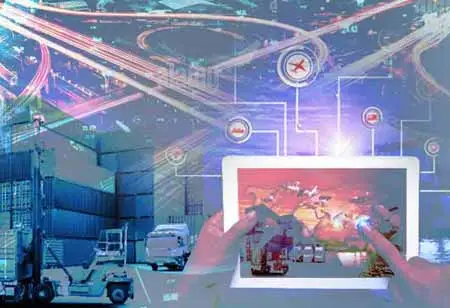THANK YOU FOR SUBSCRIBING
THANK YOU FOR SUBSCRIBING

By
Logistics Transportation Review | Monday, December 26, 2022
Stay ahead of the industry with exclusive feature stories on the top companies, expert insights and the latest news delivered straight to your inbox. Subscribe today.
Panning for transportation has that as its goal.
FREMONT, CA: Planning is the first step in developing a long-term transportation strategy. Then programed, which is a short-term vision of projects and an implementation strategy.
Looking at the current status of regional transportation, designing for future demands, and fusing all of that with elements of finances, goals, and policies constitutes the process of transportation planning. By assessing everything from streets and highways to cargo ships to public transportation and bike lanes, it helps influence how a town or city expands. It can affect all aspect of life, including business, leisure, and quality of life.
Transportation Planning Achieves a Variety of Goals provides the data, resources, and public involvement required to enhance the performance of transportation systems.
It’s a comprehensive, cooperative, and ongoing process (the "3 Cs") that necessitates keeping an eye on the system's functionality and health. Influences a variety of choices, such as policies, alternative strategy selections, priorities, and money allocations.
Process Participants in Transportation Planning: There are numerous participants in the transportation planning procedures. To guarantee a good conclusion, it is essential to consider the thoughts and ideas of all the stakeholders.
Goals for Transportation planning: The planning process for transportation has a number of significant objectives. The secret is to strike a balance between them as you create a strategy that adheres to the transportation planning goals.
Access to Employment: Establish linkages between the transportation system and significant activity hubs and employment-dense areas, with a focus on linking to areas with high poverty rates. Improve intermodal and freight corridor linkages to make it easier to transfer goods into, within, and out of the region.
Safety & Security: Make transportation improvements that boost the users' sense of safety and security.
System Reliability: Use programmers and technology to reduce travel times and provide easy travel within the area. Support transportation system upgrades that address current and anticipated future traffic congestion.
Environment & Air Quality: Offer alternatives to projects that safeguard and improve the area's natural resources.
Multimodal Connectivity: Ensure that all users of the system can access and connect to different forms of transportation.
Ensure that the current transportation infrastructure and amenities maintain a consistent level of good repair.
The Transportation Planning Process: There are numerous elements to take into account when arranging transportation. Transportation methods, infrastructure, technology, demand, and users must all be taken into account for the process as a whole.
We must choose wisely when it comes to our transportation alternatives as our region's population continues to increase and resources and funding for transportation continue to decrease. The greatest solutions are those that offer a network of interconnected means of transportation that strike a balance between our regions environmental, economic, and community development objectives.
I agree We use cookies on this website to enhance your user experience. By clicking any link on this page you are giving your consent for us to set cookies. More info





